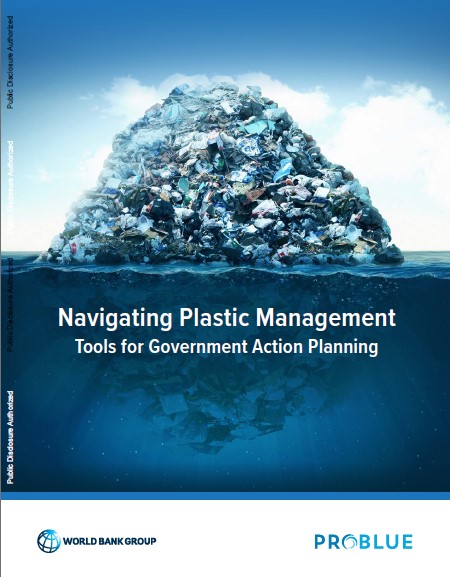Plastic pollution is a global challenge, affecting ecosystems, livelihoods, and human health. Its impacts are recognized at the international level where efforts are underway to develop an international legally binding instrument (ILBI) on plastic pollution (‘Plastic Treaty’). In order to understand the scale and nature of plastic pollution—and identify and implement potential solutions—many different approaches, tools, methods, models, and information sources have been developed and applied by a wide range of different stakeholders.
These resources are in many different forms (for example, guidance documents, academic research papers, technical reports, decision support software and publicly available data sets) and cover a diverse set of issues, ranging from detailed methodologies for assessing the flows of plastic pollution, to approaches for evaluating potential policy solutions and associated financing.

This report aims to provide information on key tools available to support national governments in planning action on plastic pollution. It is focused specifically on tools and toolkits, that is, methods with associated software and guidance, that have been specifically developed to undertake the process of planning action at the national level to tackle plastic pollution. This report identifies eleven key tools focused on plastic pollution and discusses them in terms of some critical factors that governments should consider when assessing the suitability of these tools (for example, data needs, technical capacity required, and outputs).
This report is not meant to provide an exhaustive list of tools, and it is important to note that there are many other related tools that are available and that new ones are also being developed. There are also numerous other resources that may be relevant, such as guidance, datasets, and published technical studies. Some of these other tools and resources are discussed in the report and more are listed in the appendixes.


